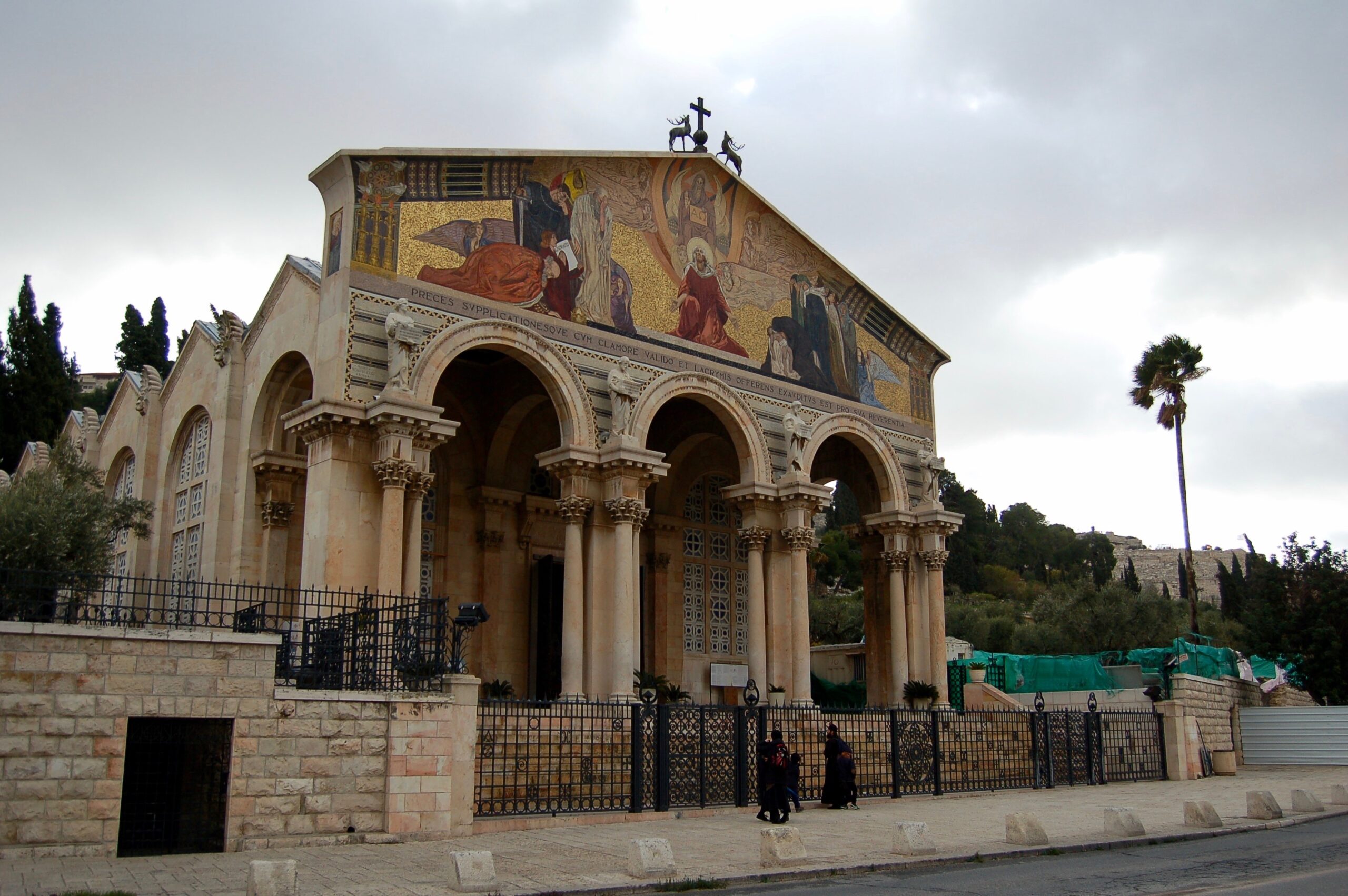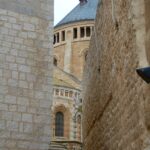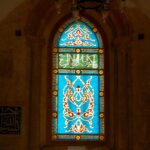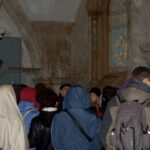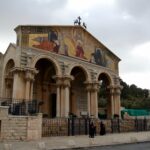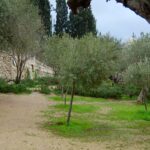Today is Maundy (or Holy) Thursday and I wanted to write about the actual sites in Jerusalem that are associated with the events as we hear them unfold in the Bible. Today’s blog will focus on the Upper Room and the Garden of Gethsemane.
First, I thought I’d share with you the the origin of the name for this holy day. Maundy is derived from the latin word Mandatum, which is the translation of Jesus ‘words in John 13: 34 (the new mandate or commandment that he gave to his followers) to “love one another as I have loved you.” This was demonstrated by Jesus act of humbling himself as a servant and washing the feet of his disciples. Today, this act is practiced by people around the world. In some churches the clergy wash the feet of those present at worship services and people give special alms to the poor and needy.
The other important institution that is remembered on Maundy Thursday is the celebration of Holy Communion or Eucharist (which comes from a Greek word meaning to give thanks). As the Bible tells us, Jesus and his companions were gathered together for a Passover meal. The place mentioned in scripture is referred to as The Upper Room or Cenacle. This presumed site is a room in the compound of King David’s Tomb; it is believed to be the site of the Last Supper.
Although it’s just a big empty room on the upper floor of the building, it is easy to imagine what it may have looked like in Jesus’ time, with a table and cushions upon which the disciples would have sat to commemorate the Passover feast. You can almost hear Jesus saying the words, “Take. Eat. This is my body that is broken for you. Do this in remembrance of me.”
Following in the footsteps of Jesus, next we travel to the Garden of Gethsemane. Today, the main site is the Church of All Nations, sometimes referred to as the Church of the Agony. It is located on the Mount of Olives, next to the Garden of Gethsemane. The entry way is lined with olive trees and the facade contains a beautiful mosaic with text, in Latin, taken from the 22nd chapter of Luke’s gospel, “And being in agony he prayed more earnestly; and his sweat became like great drops of blood falling down to the ground,” and Matthew 26, “My Father, if this cup cannot pass unless I drink it, your will be done.”
Pilgrimmage groups, that request the space well in advance, can be admitted to a private visit in the remaining portion of the actual garden. Its located across the street from the church. While there, you are surrounded by walls that give the garden a quiet, reflective feel. There are a few altars and seating areas scattered around the grounds and I strongly suggest holding a group worship service before a private time of prayer and contemplation. I found that praying, alone, in the same garden where Jesus prayed, was a profoundly personal and meaningful experience.
As you gather back together before leaving the peace and tranquility of the garden, it becomes quite easy to reflect on the crowd of soldiers and people rushing to the scene of Jesus’ arrest, as the series of events that lead to the salvation of the world begin to unfold before your very eyes.

